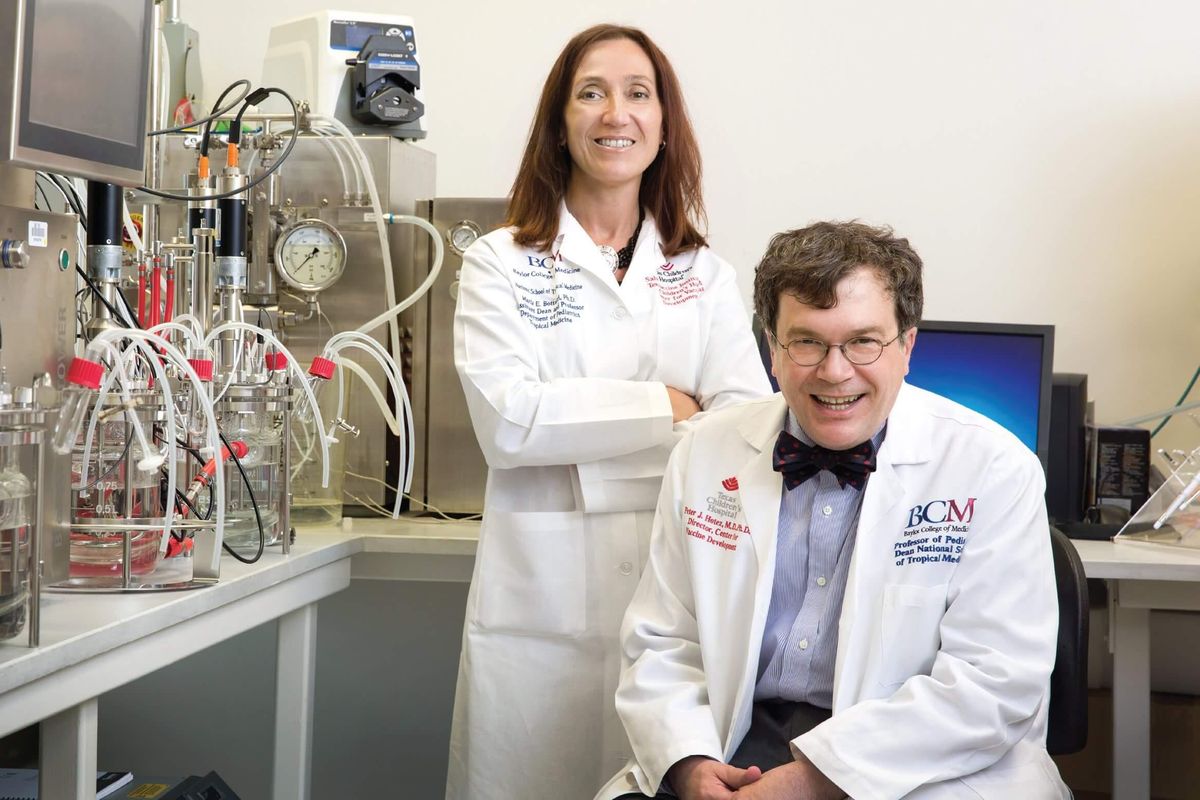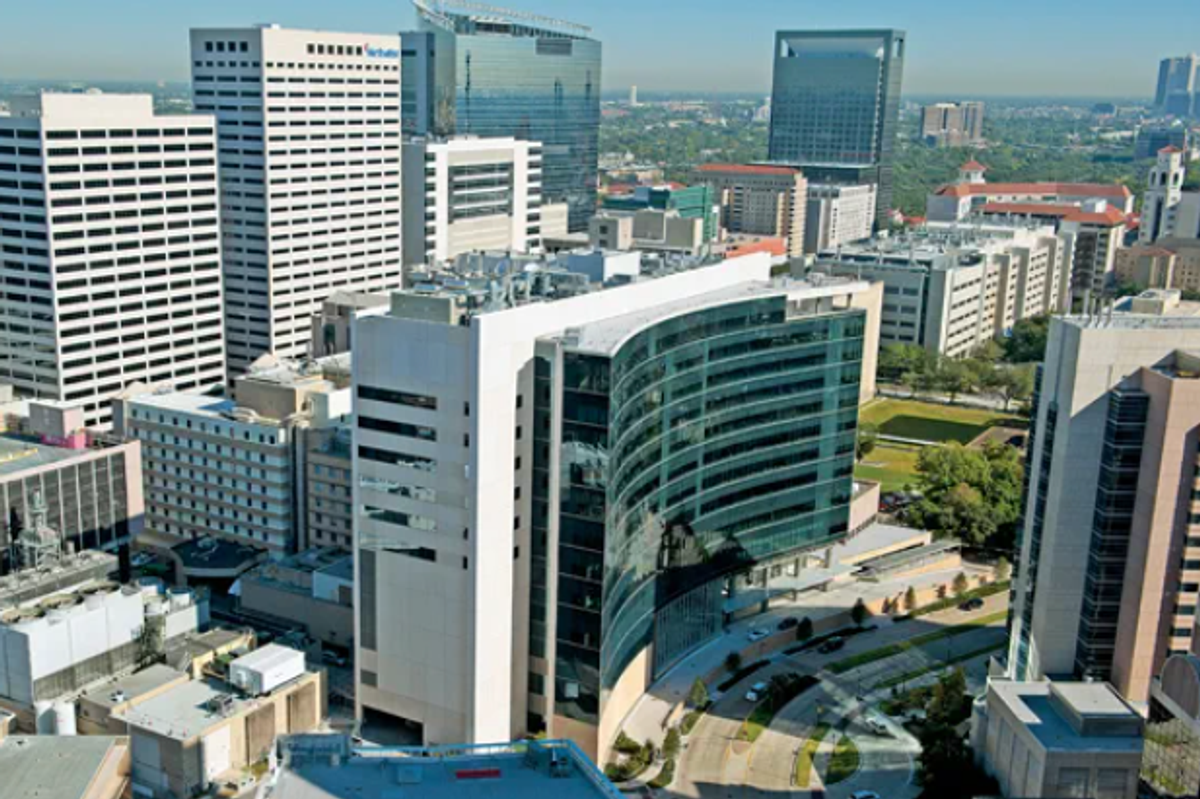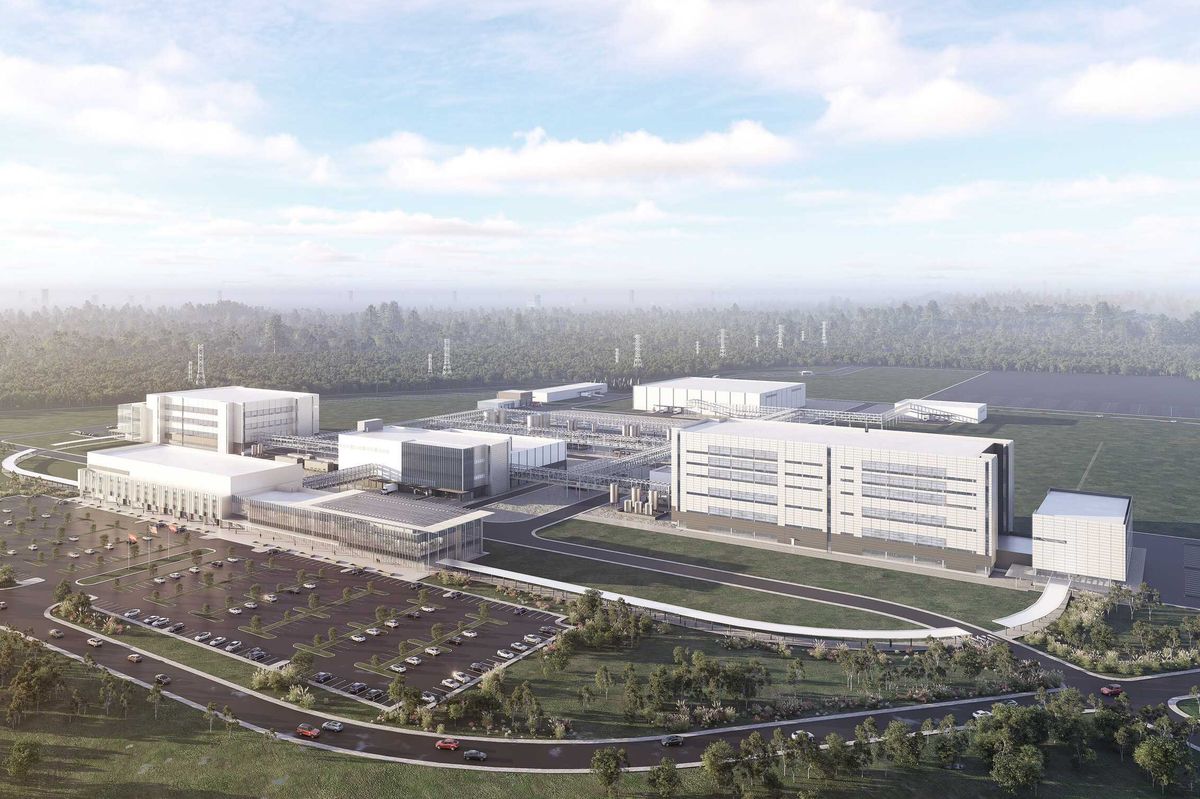Plans revealed for $2 billion expansion of Houston convention district
coming soon
Mayor John Whitmire and Houston First Corporation shared a new master plan for the George R. Brown Convention Center and its surrounding area last week. The plan features expanded exhibition space, a living roof, a pedestrian plaza with access to Toyota Center and more.
The project will be funded by the state’s portion of incremental Hotel Occupancy Tax revenue growth within a three-mile radius of the GRB for 30 years, which is estimated to total about $2 billion, according to a release from Houston First.
The first phase of the project, which is slated to be completed by 2028, will focus on developing a 700,000-square-foot convention facility known as GRB South.
GRB South will feature:
- Two exhibition halls, totaling 150,000 square feet
- A 50,000-square-foot multipurpose hall that opens to the new Central Plaza
- The 100,000-square-foot Central Plaza, an extension of the Avenida Plaza that will connect to Discovery Green and Toyota Center
- Atrium flex hall totaling 25,000 square feet
- 225,000 square feet of contiguous exhibit space
- A 60,000-80,000-square-foot ballroom
- Ground-level spaces for retail and restaurants
- A central atrium, providing each level with natural light
The design of the space is inspired by the Houston area's native prairies and will use low-carbon materials, high-efficiency building systems with rainwater collection and water-reduction strategies. A living roof on top of the GRB South will also have the potential for solar integration.
"It is imperative for us to stay competitive and meet the needs of our meetings and convention customers,” Michael Heckman, president and CEO of Houston First, said in the release. “This project will not only accomplish that but will establish a gathering space that will be the epicenter for entertainment, sports, and city-wide events, accentuating our ability to capitalize on Houston's unique offerings.”
The full campus renovation is expected to wrap in 2038, and construction will be managed in phases. Houston First reports that construction should not impact events currently scheduled as GRB.
“This project is truly transformative for downtown Houston, a lasting legacy that will solidify our position as a top-tier convention and entertainment destination,” Mayor John Whitmire said in the release. “Most importantly, we are creating a space that will build community, foster connection, and shape the future of Houston.”
Explore renderings of the plans below.





























